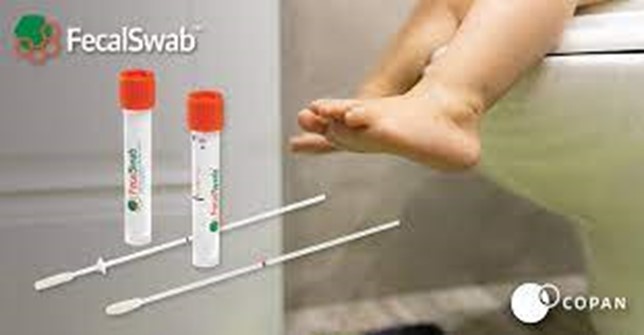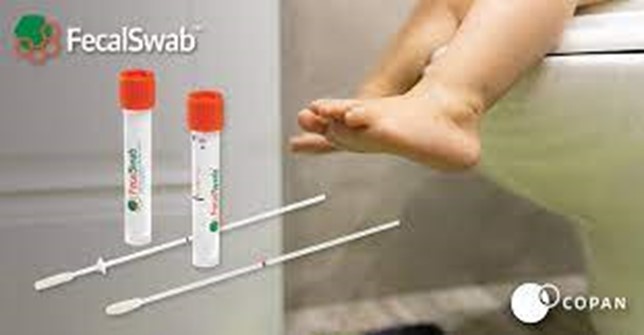ATI PN Nursing Care of Children with NGN 2020
ATI PN Nursing Care of Children with NGN 2020 ( 66 Questions)
A nurse is planning to collect a stool specimen from an infant to check for the presence of ova and parasites. Which of the following actions should the nurse plan to take?
rationale:
Obtain the specimen by swabbing the infant's rectum using a sterile culture swab. This is the correct choice. When collecting a stool specimen from an infant, the rectal swab method is commonly used. A sterile culture swab helps prevent contamination and ensures accurate results for detecting the presence of ova and parasites in the stool.

rationale:
Place a urine collection device on the infant until the specimen is obtained. This choice is not appropriate for collecting a stool specimen. A urine collection device is used for collecting urine, not stool. The specimen for ova and parasites needs to be taken directly from the rectum or diaper to accurately identify any infestations.
rationale:
Transfer the specimen to the collection container using povidone-iodine-soaked gauze. While povidone-iodine is an antiseptic, it is not typically used to transfer stool specimens. Using a sterile swab or a clean, dry container is more suitable for collecting and transporting stool samples to the lab.
rationale:
Maintain the specimen at room temperature after collection until it is transferred to the lab. Stool specimens for ova and parasites usually require refrigeration to prevent the degradation and growth of potential pathogens. Room temperature might lead to the overgrowth of bacteria and parasites, affecting the accuracy of test results.
Choice A rationale:
Obtain the specimen by swabbing the infant's rectum using a sterile culture swab. This is the correct choice. When collecting a stool specimen from an infant, the rectal swab method is commonly used. A sterile culture swab helps prevent contamination and ensures accurate results for detecting the presence of ova and parasites in the stool.

Choice B rationale:
Place a urine collection device on the infant until the specimen is obtained. This choice is not appropriate for collecting a stool specimen. A urine collection device is used for collecting urine, not stool. The specimen for ova and parasites needs to be taken directly from the rectum or diaper to accurately identify any infestations.
Choice C rationale:
Transfer the specimen to the collection container using povidone-iodine-soaked gauze. While povidone-iodine is an antiseptic, it is not typically used to transfer stool specimens. Using a sterile swab or a clean, dry container is more suitable for collecting and transporting stool samples to the lab.
Choice D rationale:
Maintain the specimen at room temperature after collection until it is transferred to the lab. Stool specimens for ova and parasites usually require refrigeration to prevent the degradation and growth of potential pathogens. Room temperature might lead to the overgrowth of bacteria and parasites, affecting the accuracy of test results.
